Gliding competitions
HOW DO gliding competitions work?
Most competitions work on a adapted time-trial basis. Pilots are set ‘tasks’ each day, which generally involving travelling around a series of pre-set turnpoints. Points are awarded based on how far pilots make it around the task, and then on speed (the faster the better!).
Pilots compete individually in a single-seater, sharing a single-seater on alternating days or in a two-seater. These competitions usually last 9 days, with a task between 100km and 400km set each day, depending on the weather conditions. The goal is to pick just the right time to cross the start line, and then to complete the task as quickly as possible. Points are awarded for speed, but if gliders don’t complete the task, they get some points for distance as well. The glider/team with the most points at the end of the competition wins.
Gliders compete in different classes, with OUGC pilots typically competing in the Club or Sports class, which is for the lower performance gliders such as the ASK21, Twin Acro, Astir, Libelle, Cirrus, LS4 and Discus. Other classes are the 15m race class, 18m class and Open class.
How can I compete?
The most experienced OUGC pilots (Silver badge required) can also enter in cross-country competitions, such as the Junior Nationals (for pilots up to the age of 25) or events such as Regionals.
Every year OUGC pilots also fly in two seaters with experienced competitors - providing a great learning experience of flying fast to win.
Women Glide UK often also hire ESB, improving access for women into airsport. Many OUGC pilots take part in this, and can confirm that it is a absolutely fantastic experience!


